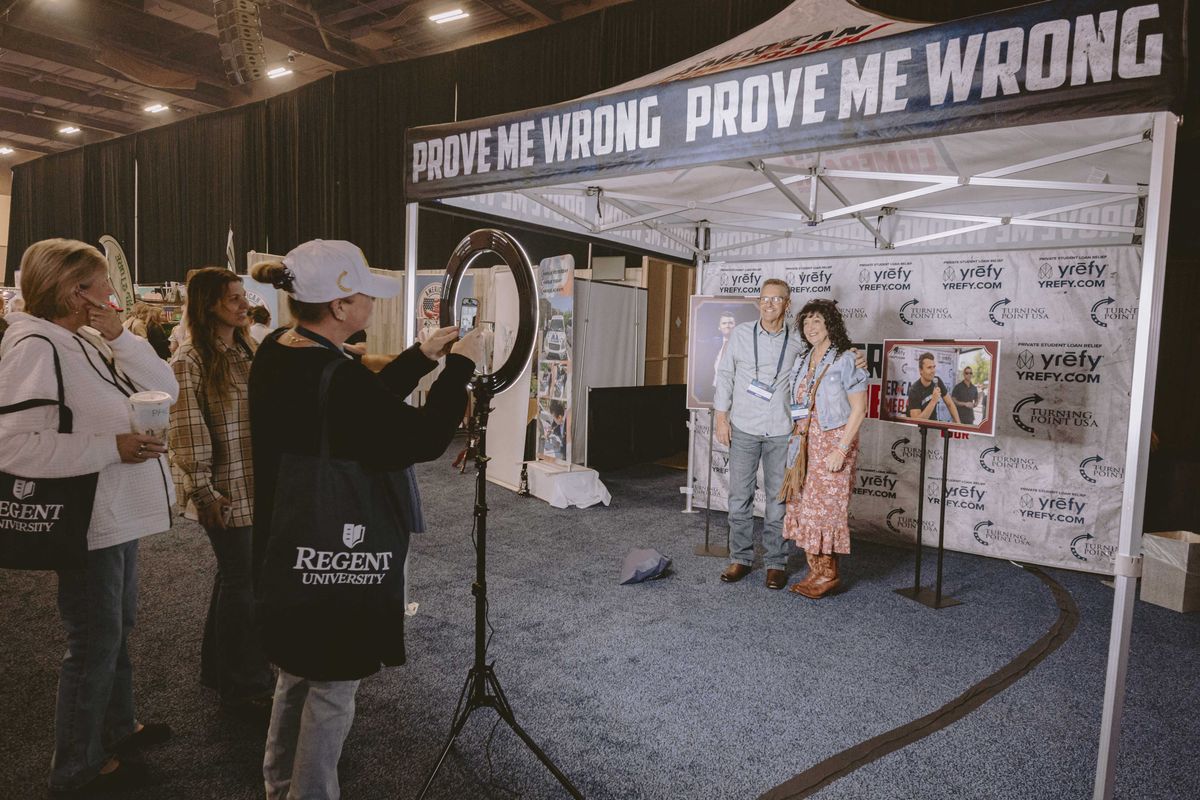Ellie Abraham
Apr 08, 2024
Millions across North America await total solar eclipse
FMM - F24 Video Clips / VideoElephant
A solar eclipse is due to occur in parts of North America today (8 April) when the moon will block the sun in its entirety.
The rare event last took place in 2017 and experts have recommended a number of things for people to be vigilant of when the solar eclipse takes place in order to protect themselves.
Advice ranges from observing the phenomenon itself to travelling to watch it and is a good rule of thumb for everyone to follow.
Don’t look directly at it
Experts warn against following in the footsteps of Donald Trump, who infamously stared directly at the sun, as it can be extremely damaging for our eyes.
Photosensitive cells that coat the back wall of our eyes are responsible for turning light into signals that our eyes can interpret as images.
But, if these cells are exposed to too much light, the chemical reactions they produce can deplete. Without pain receptors in the retina, the damage cannot be felt but doctors warn it can be permanent and affect vision.
Special solar eclipse glasses from a reputable vendor can prevent damage, however sunglasses are not able to provide adequate protection.
Drive sensibly
Following the United States’ last solar eclipse in 2017, experts analysed the statistics of fatal road accidents and noticed an interesting result, finding that the number rose 30 per cent at the time of the celestial event.
Donald Redelmeier from the University of Toronto and John Staples from the University of British Columbia explained: “In absolute terms, this averaged to one extra crash-involved person every 25 minutes and one extra crash fatality every 95 minutes.”
They theorised that the rise had to do with the excess number of people travelling in order to view the eclipse along its relatively narrow path of totality. It is recommended to take care when driving, particularly after having witnessed a solar eclipse.
Check your science
The rare event of a solar eclipse provides scientists with the opportunity to discover new things about our planet and the sun. But experts have, on occasion, got things slightly wrong.
In 1869 during a solar eclipse, the American astronomers Charles Augustus Young and William Harkness were convinced they had discovered a new element, naming it “coronium”. But, they later discovered that what they had found was very hot iron.
Similarly, in 1605, German mathematician Johannes Kepler wrongly believed that the corona – the glow of light seen around the edge of the moon during a total eclipse – was light from the sun refracting off a lunar atmosphere.
Eclipses have helped prove some theories right. A total eclipse made the sky dark enough to test Einstein’s theory of relativity as background starlight was able to be measured.
Sign up for our free indy100 weekly newsletter
How to join the indy100's free WhatsApp channel
Have your say in our news democracy. Click the upvote icon at the top of the page to help raise this article through the indy100 ranking
Top 100
The Conversation (0)














Jasmine Crockett hits back at JD Vance's 'street girl persona' jibe